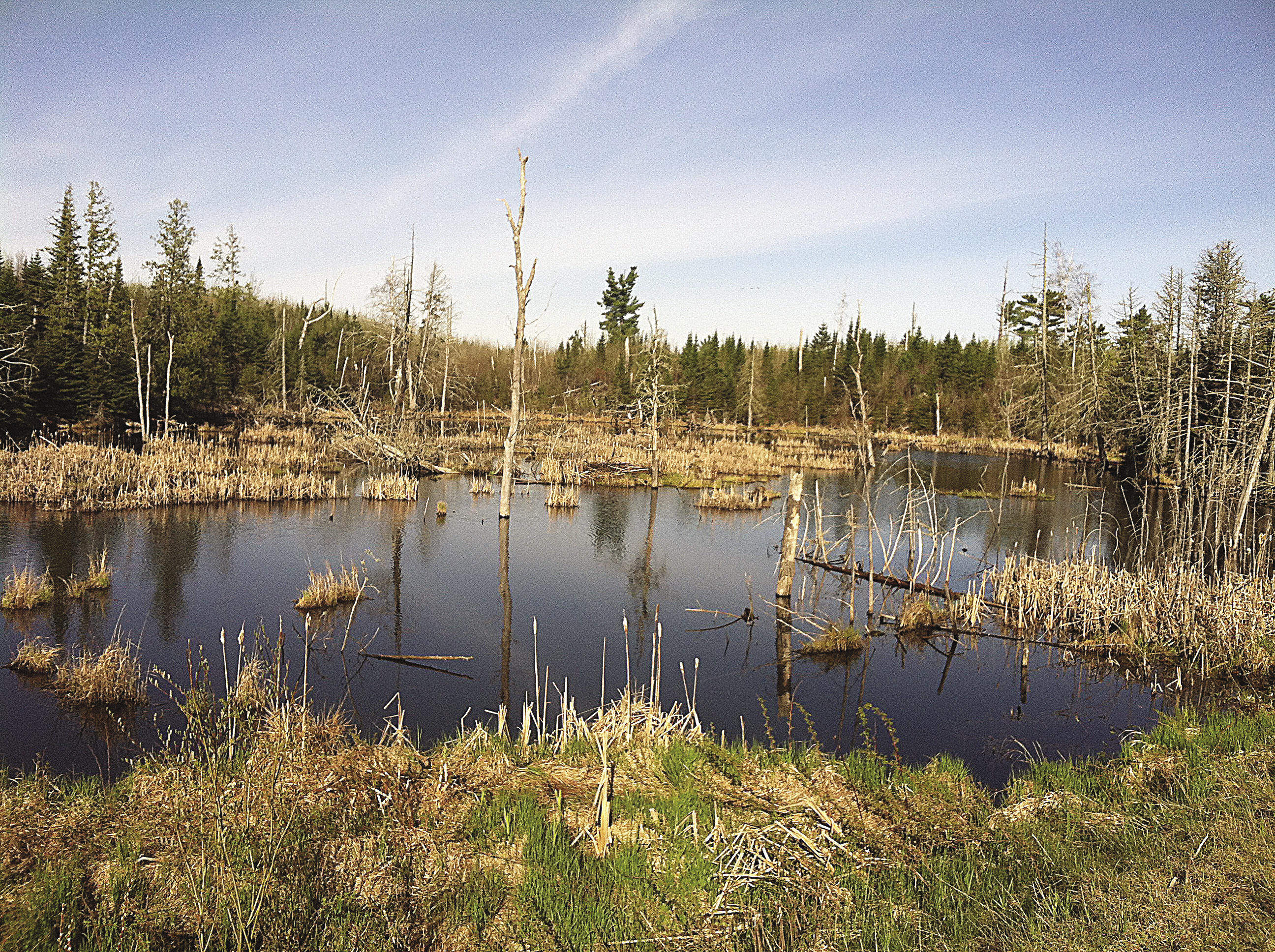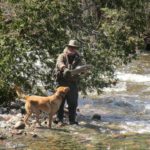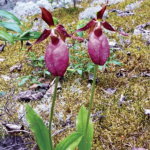The tiny bobber twitched once, tilted to the side and slowly slid beneath the waves. I begin the slow count to 10.
Turning the handle on the old open face, I hear the squeak of the gears, “eight, nine, 10!” My mind floods with excitement as I set the hook. I feel the weight of the fish and the dance is on. My partner resists for a second, does a few nice moves herself and then races for the deep water. The steady thump and pull on the line and the scream of the drag tells me it is going to be a good one, a keeper for sure. Suddenly there is an almost audible “pop,” the line goes slack and the walleye is gone. I reel in my line to check my leech; it’s gone too. I tell myself I must get more bait.
Fish have a good variety of things they will eat. But, to quote a trout fisherman,, “You have to match the hatch” if you consistently want to catch fish to eat. You need to use the bait they are looking for.
The thought comes to many: Why is bait so expensive? The answer is simple: We fishermen or “anglers” are often busy or too lazy to go get our own bait. In the fishing merit badge for Boy Scouts, I can remember having to find my own bait. Now as one of the counselors for that merit badge, we say it is still easy. Turn over a few logs for grubs or worms. In the spring grab some tadpoles, or better yet, get in the water and look for crawfish.
Trapping your own bait can be a great way to get outdoors and get some exercise in the process.
MINNOWS
Check to see what kind of minnows are in the body of water you plan to trap. You can trap the same kind of minnows in many area ponds and water areas. You will need a license, and make certain it is legal to trap that area. Follow all local trespassing laws. The sad way to find out you are wrong is when the DNR officer is visiting you. Also be sure you can use the minnows you trap where you plan to fish.
Chub minnows, or rainbow minnows, are among the best for large predator fish. If you are going after panfish early in the year, you will need to find “crappie”-sized minnows for a better presentation.
Find your bait trapping spot, mark and bait your trap, tie it off to shore, and place it in the water. Come back the next day to see how you are doing. If you have a few, you may be set well. Otherwise, you may have to adjust your depth of the trap and where you place it. Once you match the travel patterns of your minnows, check to see you have the ability to store them. You can do serious harm to minnow populations if you take too many and they die because of poor storage conditions.
GRUBS
Growing up with three brothers in the Duluth and Gunflint Trail areas, we always could find some bugs and grubs to fish with. The easiest method is the “bear method.” Slowly turn over a few logs or break open an old stump, and you can get a few big thick white grubs that bass love. You can also find grubs in the firewood pile. Look for the holes where the pine borers have crawled into the decaying log. Chip it apart and pull out the grubs.
NIGHT CRAWLERS
The night after a soaking rain is perfect for picking crawlers. You will need a semi-bright flashlight, preferably with a green or red bulb. Wear an old pair of jeans and old sneakers. Night crawlers have eight bunches of nerves on their bellies called dorso ganglion. They may not “think” but they can sense most any vibrations of movement, so you will need to move slowly.
Slowly crawl in the grass along the edge of brush areas or in open yards. You will see the shine of the worm’s body stretched out in the grass, doing what worms do at night. Without shining the light directly on them, quickly plug the hole in the dirt with your thumb where the worm is stretched out and keep it from zipping back in the hole. This is something they can do remarkably fast! Slowly grasp the body of the worm and with very little force pull the worm out of the hole. If you hurry or force it, they will break. Busted worms will die, stink and may kill the rest of the bait.
LEECHES
Leeches are the perfect northwoods, BWCAW bait. They can live in stagnant water, last for days if kept cool, and fish love them. Leeches can be easily trapped with a tin can, string, some raw chicken or beef liver and a sense of adventure.
Leech ponds have the greatest percentage of leeches if there is little or no moving water in the pond. Look for good depth and plenty of aquatic signs of life.
A leech pond is often a very busy place if you keep your eyes open. Look for spots along the edge where the water drops off fairly quickly with a small shelf of soil and roots along the edge. Drill a hole in the top part of a cleaned out soup or large fruit can. Tie a long string onto the can to anchor it to the shore. Place a good-sized chunk of raw beef liver in the bottom of the can and crimp the top together leaving an opening about one-third of an inch wide. Set the can into the pond so it is slightly tilted upward. This will keep the bait in the can.
Be sure to tie the can trap off to a stick so it does not sink out of sight. Plus this will help you find the can when you return. Each time you check the can you should find leeches. They are active at night looking for food and will get caught in your trap.
Picking your own leeches can save you a lot of money.
Before you take that next cast, enjoy the adventure of picking your own bait.
By Patrick Baumann
This story was originally published in the June 2014 issue of Northern Wilds magazine.





